NIA JONES recounts the intriguing tale of Bram Stoker and the Legend of the Bisley Boy
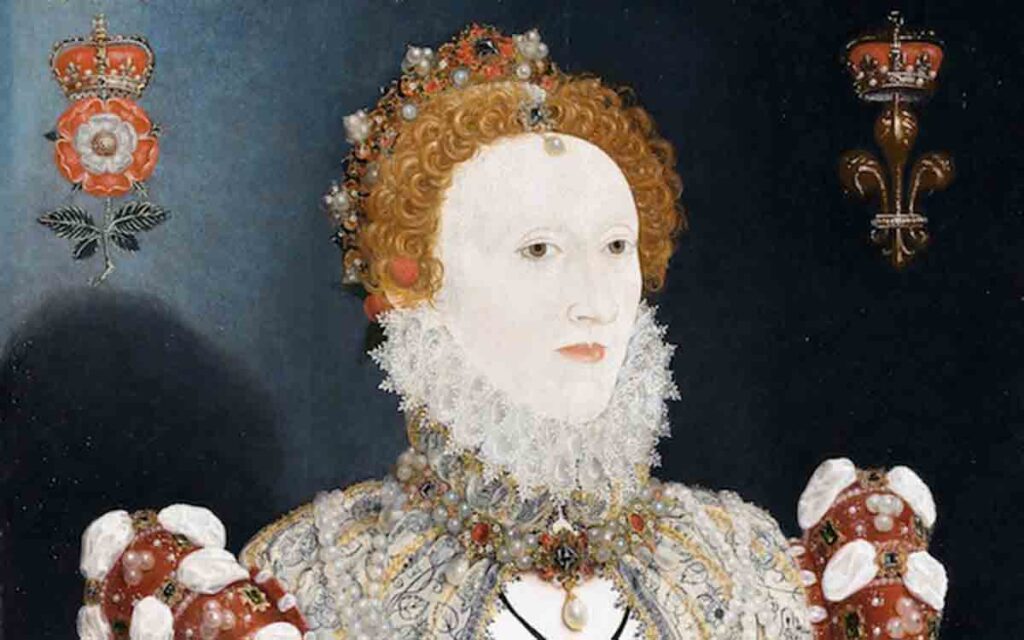
Bram Stoker is internationally known for writing one of the most famous novels of nineteenth century, Dracula, his other works quite usually, yet understandably overlooked.
Stoker was also a stage manager at the Lyceum Theatre in Covent Garden; and a private assistant to the principal actor Sir Henry Irving, (of whom they say the look of Count Dracula was based).
Sir Henry had been in the Cotswolds, Gloucestershire searching for a country home when he came across the small village of Bisley, here he was to meet the intriguing legend of “The Bisley Boy”.
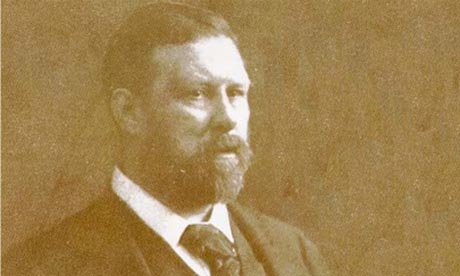
Who was the Bisley Boy?
For over 300 years, the village’s May pageant celebrations involved a male child in Elizabethan costume as the May Queen, an unusual tradition which was explained to Sir Henry. He then passed on the legend to Stoker, who became just as intrigued and wanted to investigate it further – Why a male May Queen in Bisley?
Stoker’s research into Bisley’s past discovered more than just folklore and tradition, his investigation led him to write the book “Famous Imposters”, A chapter in his book is devoted to tale of “The Bisley Boy”, and he was convinced of its truth.
The legend goes that sometime in 1543 or 1544 Princess Elizabeth, the 12-year-old daughter of Anne Boleyn and King Henry VIII, was sent to stay at Overcourt House in the Manor of Bisley. London was in the grip of the deadly plague and the country air would be much more fitting for a young princess.
Unfortunately, Elizabeth fell ill with a raging fever and deteriorated quickly. Her governess received word that King Henry VIII was on route to visit his daughter and as Overcourt was being prepared for his majesty’s arrival the princess tragically passed away.
King Henry VIII was not known for his calm reactions to bad news, the governess and the Overcourt household were terrified they would lose their heads at the Tower of London.
Substitution was the only solution, as the King had rarely seen his child, the last time when she was three years old.
The party rushed to the village of Bisley searching for a girl with the correct likeness to take the place of Elizabeth, hiding the body and telling the King at a later date.
But, no suitable girl could be found, but there was a boy playmate of Elizabeth’s, a fair yet feminine child with russet coloured hair.
Boy stands in for dead princess?
Neville, the son of Henry Blunt, who later became the Duke of Richmond and Somerset, and his wife Elizabeth, was believed also to be a bastard son of Henry VIII.
Neville was the correct build and gait, so without any other choice, the boy was dressed in Elizabeth’s clothing and taught the manners of a royal princess.
Overcourt Manor now waited nervously for the imminent visit of the king, the princess was always shy and wary of her father’s presence, but the King was reported to be very taken by a seemingly spirited and intelligent young princess with “a wise head on young shoulders”, well educated in French, Spanish and Latin.
Amazingly the deception worked, very well indeed, the king was never told the truth and Elizabeth’s body was never removed from its stone coffin buried in the garden at Overcourt.
But whispers through the village of Bisley meant that the governess’s actions were never forgotten with the crowning of the Boy May Queen.
Of course, the story didn’t end at Overcourt, the boy’s masquerade extended all the way to the Throne of England and the reign of Elizabeth I, the Virgin Queen.
Perhaps the Bisley legend explains why Elizabeth I never married or had any children?
The queen always wore high ruffs, perhaps to hide her Adam’s apple? Maybe the white make-up she wore was to cover up stubble?
The Virgin Queen once remarked “I have the heart of and stomach of a man, not a woman, and I am not afraid of anything” – Perhaps this was a truth?
The queen was certainly known to be virago; she was domineering and strong in a world of men. Which means that she is a forever victim of the sexist myth, a woman surely can not be capable of such characteristics?!
And of course in regards to Stoker’s solid belief in the story, he surely would have suffered from the rigid Victorian bias, fuelling his belief Elizabeth had to be genetically male to rule as she did.
Maybe the Bisley Boy was just a joke?
Some say the story was just a joke concocted by a Bisley minister in the 19th century.
But in an interesting postscript, over three hundred years later the owner of Overcourt Manor, a Rev. Thomas Keble discovered the stone coffin burial of a girl child’s body, along with tatters of fine Tutor style clothing.
The remains were found during building work in the manor grounds, and no explanation was provided in the deeds why the remains were buried there.
Perhaps there is something in the legend of the Bisley Boy after all?
What do you think? Do you believe the legend of the Bisley Boy? Tell us in the comments section below!

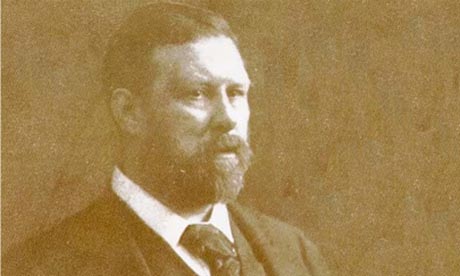
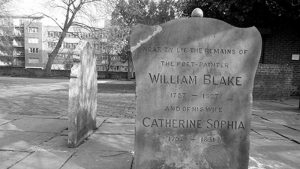
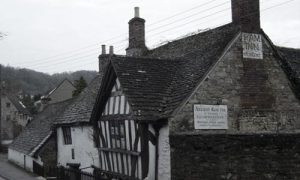
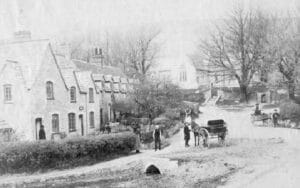
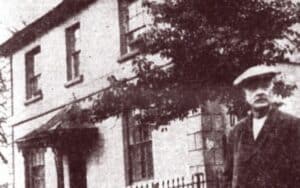

A good story but of course complete nonsense. There was an epidemic in the winter of 1543-1544, which caused Henry VIII to extend his honeymoon with his sixth wife, Katherine Parr. Instead of returning to the big London palaces the couple lingered in the royal manors in Hertfordshire exchanging letters and visits with the royal children who were, as usual, living in the King’s private country manors, including obviously Elizabeth.
Of course this story IS A BIG NONSENSE and IT ISN’T AT ALL “GOOD” as someone says!THERE SIMPLY WASN’T POSSIBLE TO MAKE SUCH A DECEPTION TO LAST FOR TENS OF YEARS and the true nature of Elizabeth(if she would have been a man) not to be revealed!Elizabeth I WAS UNDOUBTEDLY A WOMAN!